The moon has begun its wane—time to write again. It brings me comfort to align this newsletter with the lunar rhythm—filling my cup as it waxes, emptying and sharing with you as it recedes.
The moon’s gravitational pull presides over much more than just my newsletter. Those who fish and forage from the sea will tell you how a new or full moon creates larger tides, and in turn, more bountiful catches.
Those who farm will tell you how new and full moons pull more moisture to the soil’s surface, making it a great time to sow seeds. A waxing moon grows and pulls upward—a good time to tend to annuals and above-ground crops. A waning moon shrinks and sinks—ideal for tending to bulbs, perennials, and below-ground crops.
It feels like a Viennese waltz,
this ebb and flow, cyclical motion.
And while the moon never ceases her reign, she hangs low these days, ceding the sky to what I’m really here to talk to you about:
the sun.
The summer solstice is less than two weeks away, riding a marathon of an abnormally hot and sunny May. At my home in Port Angeles, Washington, at just over 48 degrees north, we experience first light close to 4am and last light at 10pm—18 hours of light per day.
It feels like days are triple the size. It is entirely realistic to enjoy a full day upon waking, a full workday, then another full day after that, all before bed.
Earlier this week, I left the trailhead for a 13-mile bike and hike journey at 6:30pm and pitched my tent without a headlamp. I rose at first light to witness dawn crawl into the forest while I soaked and sang in a steaming hot spring. I was back at my desk by 9:30am.
It’s all just keeps growing
as we rise and we reach
toward this climax of light.
These are the days we have been waiting for,
the ones we spoke about while bundled and sniffling and
staring out the window at milky, gray skies.
The meadow grass rises tall and lush.
Lengthen.
The conifers flex their fingertips in little lime green bursts.
Extend.
The salmonberries swell and sweeten in the forest.
Expand.
The land itself beams with light
as the color yellow dominates the countryside’s palette.
Millions of tiny suns
burst forth from the scotch broom,
sway softly from the arms
of the golden chain trees.
Shine.
Buttercup blankets the pastures
that rest at the base of the Olympics.
At dusk, these layers of yellow
contrast against a purple alpenglow
that would make Alice Walker herself
pull over and pray.1
Swoon.
And where is the sun itself but in none other than Gemini, a flittery air sign that makes us quite literally move lightly.
Of course the butterflies can’t stop
kissing the lilac trees, nor can the bees
remove themselves from the mouths
of blueberries.
Flutter.
And of course we had a windstorm
that made the cottonwood trees
release their tiny tufts of seeds
upon the currents of the breeze.
Float.
The constellation of Gemini is often described as twins, given it appears as two bright stars close together in the sky. To many, the twins symbolize duality.
I can’t help but think of the dual nature of the solstices. We now find ourselves on one end of the extreme, drenched in light six months after the darkest day of the year. Theoretically, this is the lightest we should be.
I think of what I vowed to drop last autumn as I watched the maples shed their leaves.
I think of the shadows I sat with in the depths and the muck of my winter cocoon.
I think of what I promised I would not bring with me upon my unfurling in the spring.
I think of whether I have actually done the difficult work of letting go.
And how exactly might I know?
(Homework for a summer solstice ceremony.)
Which brings me to my next point,
which now seems so obvious to me
thanks to the silhouettes
of the swallowtail butterflies
dancing as shadows across my bedroom walls.
Light will always cast a shadow.
Even on the brightest and lightest day of the year.
So long as we have a form, we will never evade our shadow.
So long as we have a form, we will always carry weight.
The duality that is the dance of light and dark, beauty and sorrow, joy and grief, is that not only do they simultaneously exist in every moment, they are intrinsically tied to one another.
What fills my heart will break it too. I hand it over anyway.
What broke my heart will fill it too, as I alchemize my pain into poetry and purpose.
I can’t venture further into this conversation without sharing an excerpt from the newest book on my reading stack—Inciting Joy—by poet, essayist, gardener, and I hope future bff, Ross Gay.
“...it is a fantasy to imagine any emotion discreet from any other. But it strikes me as a particularly dangerous fantasy—by which I also mean it is sad, so goddamn sad—that because we often think of joy as meaning ‘without pain,’ or ‘without sorrow’—which, to reiterate, our consumer culture has us believing is a state of being that we could buy—not only is it sometimes considered ‘unserious’ or frivolous to talk about joy (i.e. But there’s so much pain in the world!), but this definition also suggests that someone might be able to live without—or maybe a more accurate phrase is free of—heartbreak or sorrow. Which I’m pretty sure you only get to do if you have no relationships, love nothing, are a sociopath, and maybe, if you’re enlightened.
But what happens if joy is not separate from pain? What if joy and pain are fundamentally tangled up with one another? Or even more to the point, what if joy is not only entangled with pain, or suffering, or sorrow, but is also what emerges from how we care for each other through those things? What if joy, instead of refuge or relief from heartbreak, is what effloresces from us as we help each other carry our heartbreaks? Which is to say, what if joy needs sorrow, or what Zadie Smith in her essay ‘Joy’ calls ‘the intolerable,’ for its existence?”
Ross Gay, Inciting Joy
Trying to dismiss your shadow
or your sorrow
as if you could stuff it in a box
with your coats and your scarves and
label it "winter"
will only exhaust you.
We are speaking on
the intangible matter
of light.
Go ahead, try and wrap your hands around it.
It is the time of year where we are told to
meet our friends in the sun
at the park
on the beach
but what everyone leaves off the group text is
that your pain and your sorrow are invited too.
It is okay if you have not let it go.
It is okay to let the sunlight dry your tears.
It is okay for grief to visit in the form of a hummingbird (hello there, grandmother), or a shrine looking out to a golden, shining sea (hello there, friend).
All this to say:
We are complex, mortal beings
who are whole every day and every season of the year.
We are complex, mortal beings
living in a time where we will lose much of what we love.
As we absorb the lightness
and the length
and the levity
of this solstice season,
may we radiate grace through all that we carry.
May we invite the light
to enter the parts of ourselves that need it most.
May we invite the light
to illuminate that which we may not want to see.
May we make light of realities
that those with more privilege cannot fathom.
After all, humor and beauty are survival strategies.
May we remember that the shade is a shadow,
is a refuge, on a hot summer’s day.
How the beauty we love
will break our heart
only to fill it back up again.
(We never left the waltz.)
The light in me bows to the light in you, dear reader.
Thank you so much for being here.
Alice Walker is the Pulitzer Prize-winning author of the book, The Color Purple. In it, she writes, “I think it pisses God off if you walk by the color purple in a field somewhere and don't notice it. People think pleasing God is all God cares about. But any fool living in the world can see it always trying to please us back.”





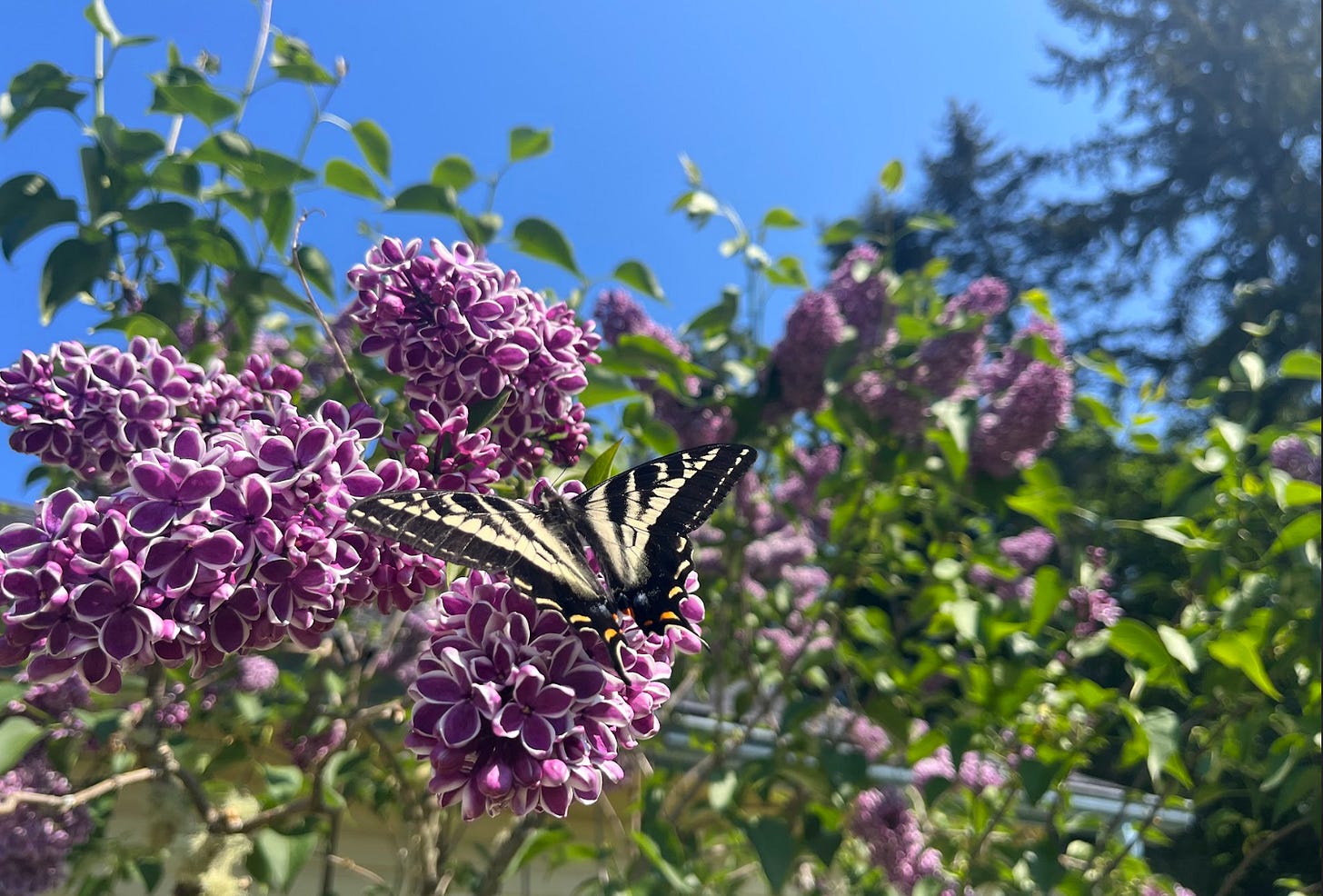
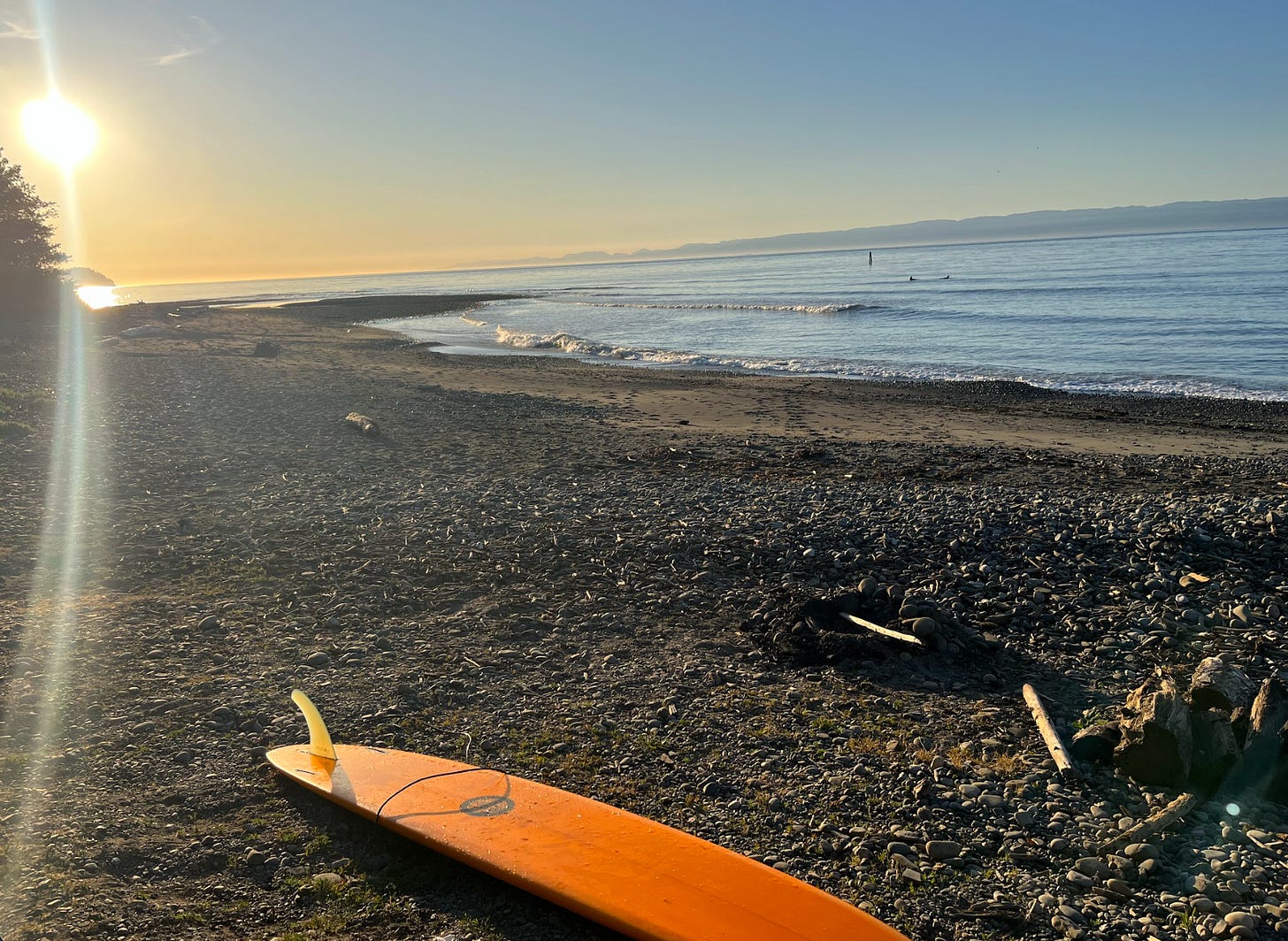
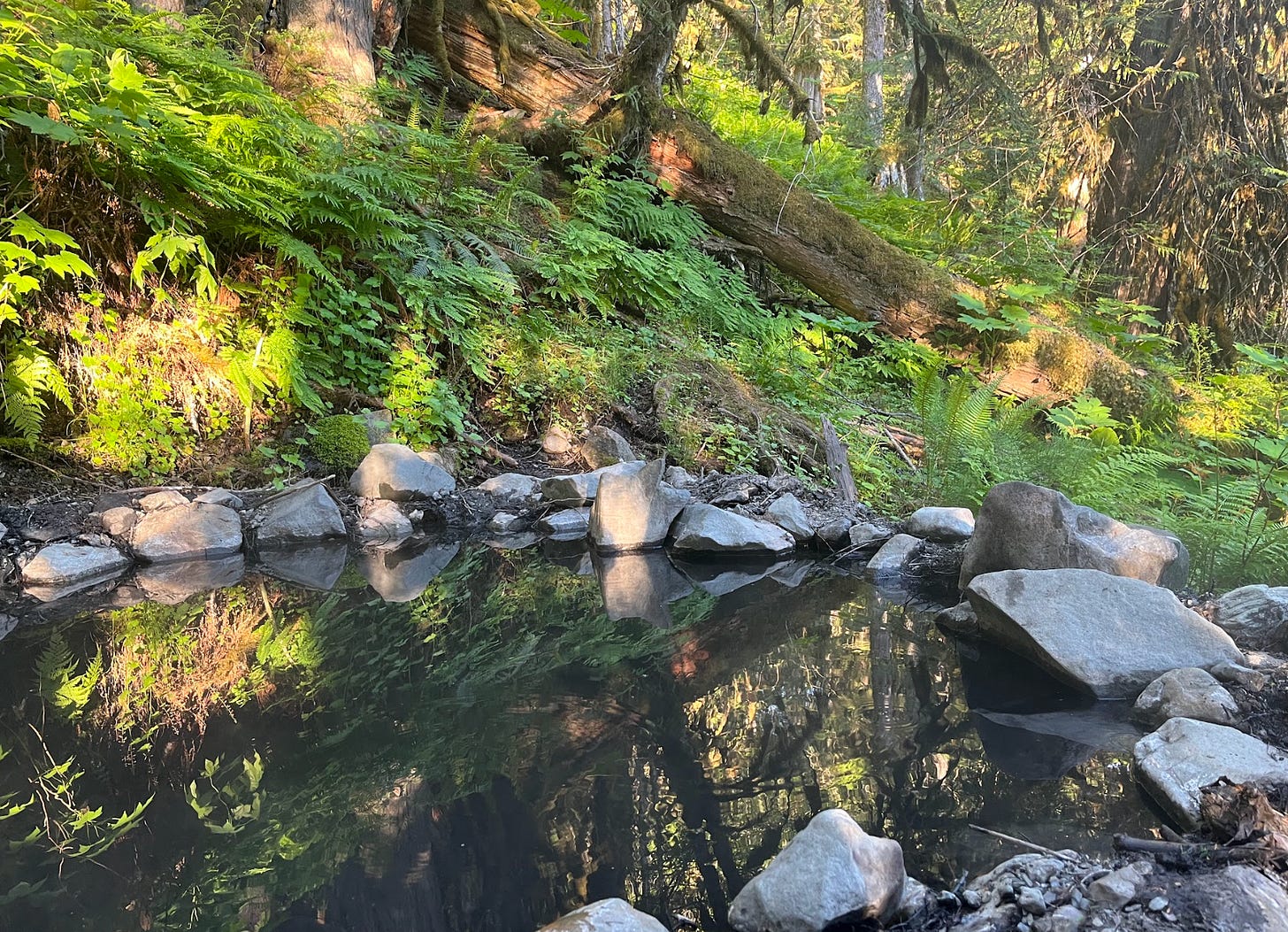
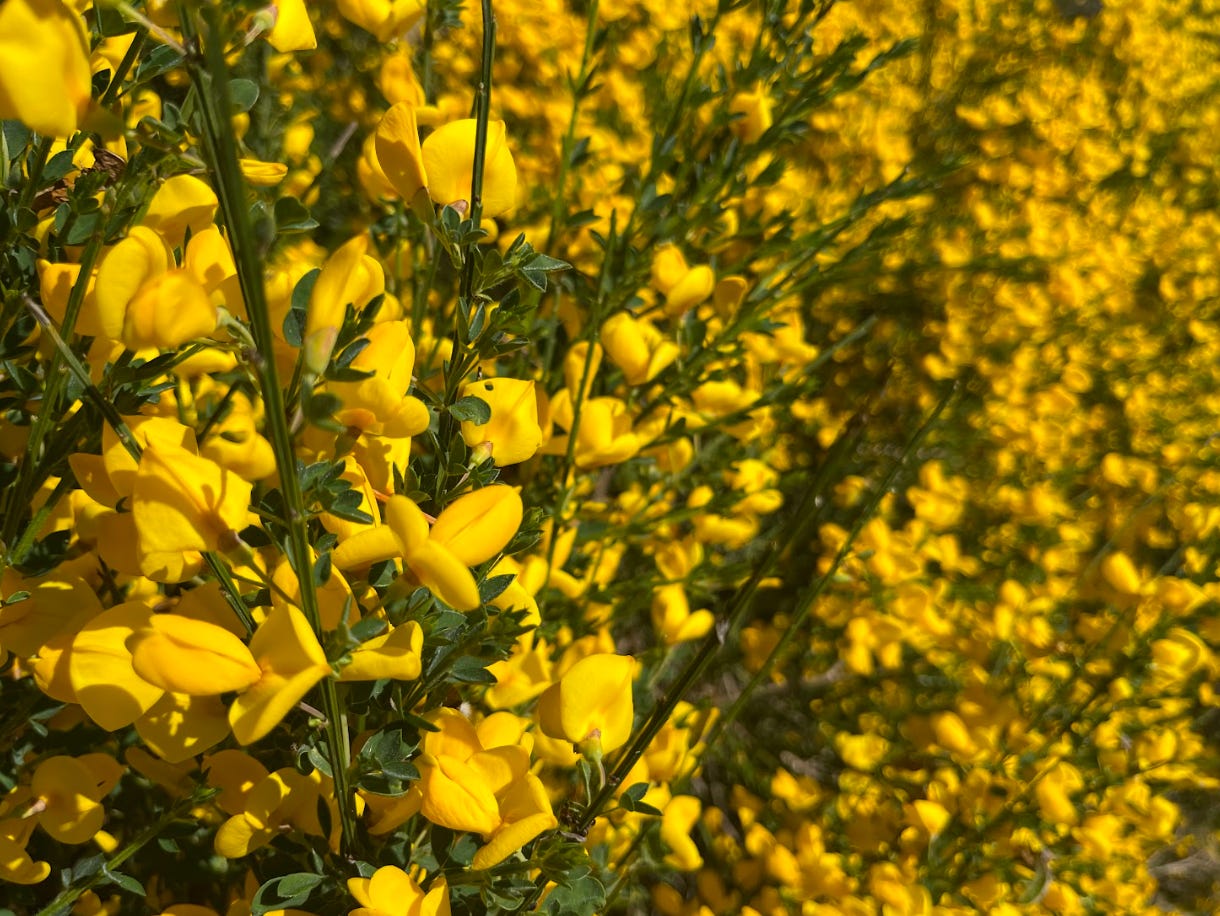
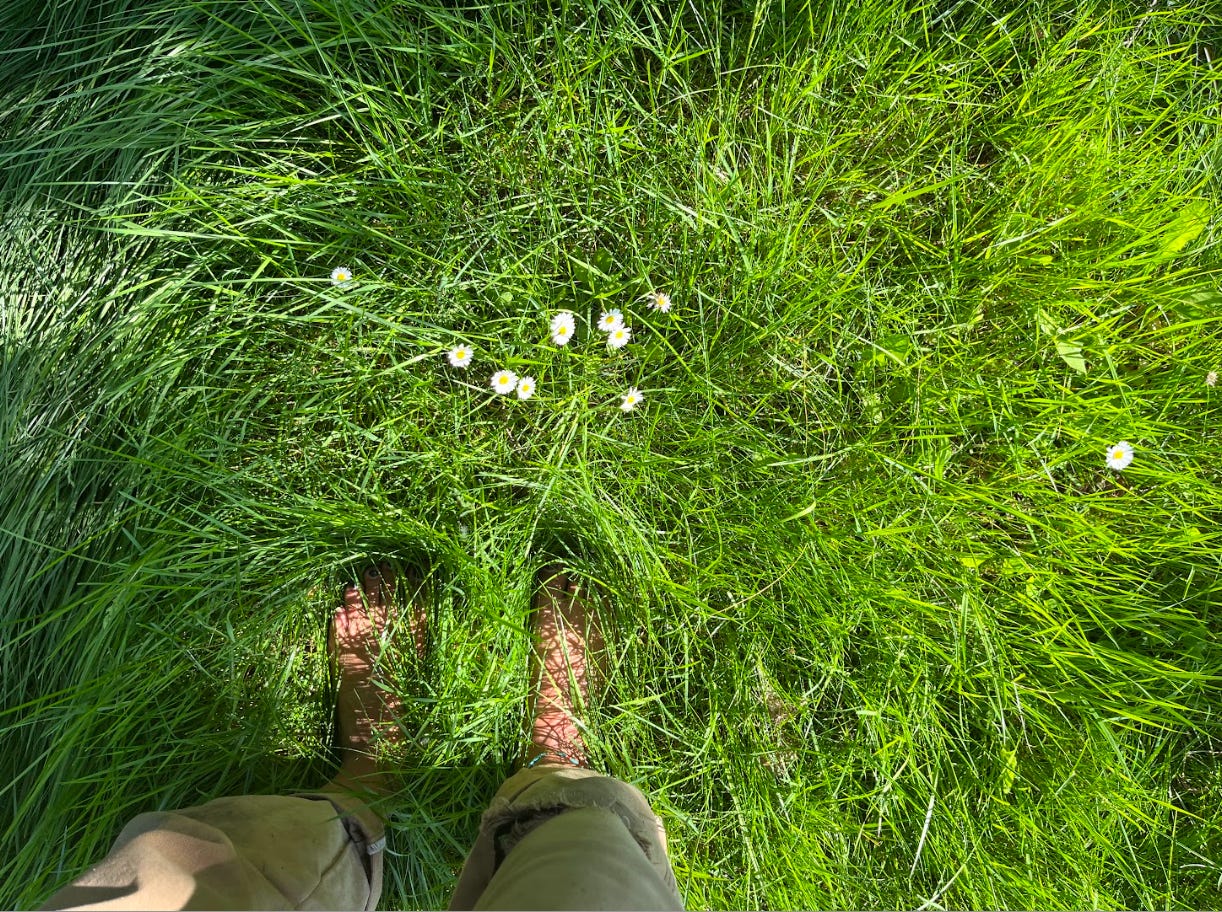
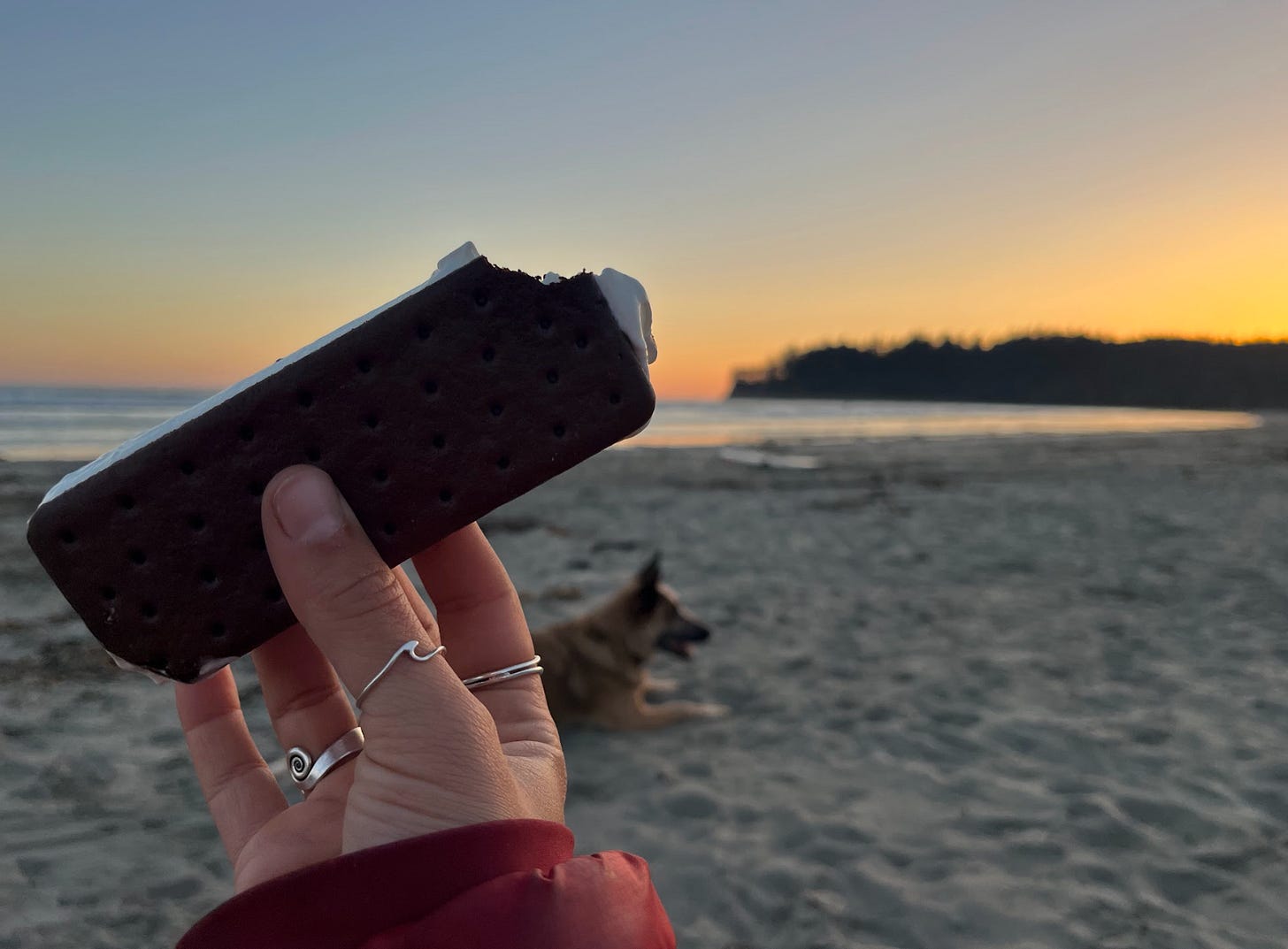
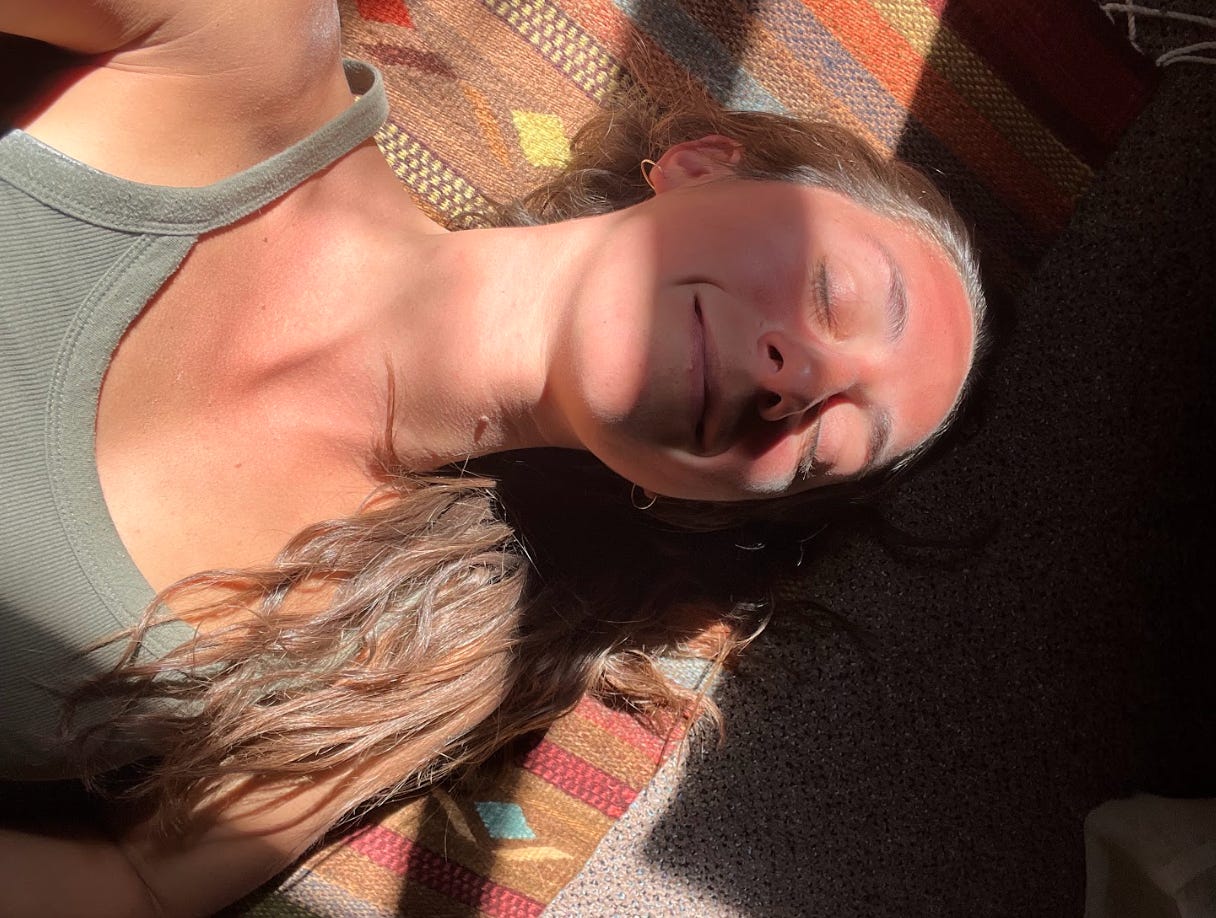
Thanks for this Izzy.